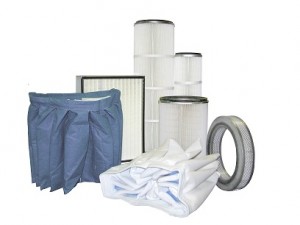 One of the most important components in an industrial vacuum is the filter. A properly maintained filter ensures consistent airflow of the vacuum system. Maintained filters also lead to maximum vacuum suction, which means it will pick up material efficiently and increase the life of the vacuum system. Here are a few important tips for vacuum filter maintenance:
One of the most important components in an industrial vacuum is the filter. A properly maintained filter ensures consistent airflow of the vacuum system. Maintained filters also lead to maximum vacuum suction, which means it will pick up material efficiently and increase the life of the vacuum system. Here are a few important tips for vacuum filter maintenance:
- Add vacuum filter cleaning/replacement to your Periodic Maintenance (PM) schedule
- Try to piggyback the filter change with other PM activity to reduce down time.
- Making filter changes part of a regular PM protocol will not only make your industrial vacuum system more reliable and efficient, it can also uncover other issues before they become downtime.
- Monitor the vacuum pressure gauge
- In most cases 15 inches of water is a good indication that it’s time to clean or replace the filer(s).
- If the filter pressure gets too high, the vacuum will automatically shut off, resulting in downtime.
- Replace filters as needed
- Replacing filters at the correct intervals will not only extend the life of your system, it will also reduce energy costs.
- A properly maintained filter will reduce the number of times you need to replace it throughout the life of the vacuum.
- Order extra filters
- If you need to pick up a larger amount of material than normal, having an extra set of filters in stock will enable you to change the expired filters quickly, without losing any time.
- Inform your maintenance team
- Train your maintenance team how to replace and clean the filters. Some vacuum systems will have a different cleaning requirements and filter access may vary depending on model; top, bottom or side entry access.
- Always refer to the vacuum operation and maintenance manual for specific instructions.
For more information on industrial vacuum filters, including how to select the right media for the material you are picking up, please contact us or visit the DEMARCO Vacuum Accessories page.
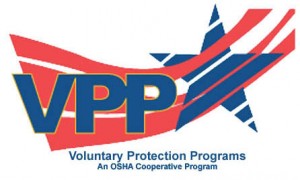 In our ongoing series of posts highlighting companies that have taken extra steps to satisfy Occupational Safety & Health Administration (OSHA) safety requirements in their
In our ongoing series of posts highlighting companies that have taken extra steps to satisfy Occupational Safety & Health Administration (OSHA) safety requirements in their 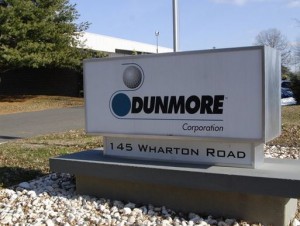 In our ongoing series of posts highlighting companies that have taken extra steps to satisfy Occupational Safety & Health Administration (OSHA) safety requirements in their
In our ongoing series of posts highlighting companies that have taken extra steps to satisfy Occupational Safety & Health Administration (OSHA) safety requirements in their 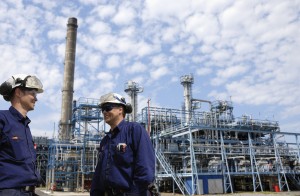 In our ongoing series of posts highlighting companies that have taken extra steps to satisfy Occupational Safety and Health Administration (OSHA) safety requirements in their
In our ongoing series of posts highlighting companies that have taken extra steps to satisfy Occupational Safety and Health Administration (OSHA) safety requirements in their  One of the worst-case scenarios for a business owner is an industrial accident causing property damage or personal injury to workers. One possibility could be an industrial accident caused by combustible dust, or tiny airborne particulates that can suddenly explode under the particular circumstances.
One of the worst-case scenarios for a business owner is an industrial accident causing property damage or personal injury to workers. One possibility could be an industrial accident caused by combustible dust, or tiny airborne particulates that can suddenly explode under the particular circumstances.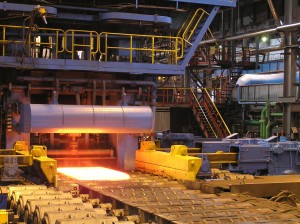 In our ongoing series of posts highlighting companies that have taken extra steps to satisfy Occupational Safety and Health Administration (OSHA) safety requirements in their
In our ongoing series of posts highlighting companies that have taken extra steps to satisfy Occupational Safety and Health Administration (OSHA) safety requirements in their  DeMarco Industrial Vacuums like many other manufacturers have a long history of making revolutionary advancements in products and processes to improve efficiency, quality and safety. In an effort to showcase innovation in manufacturing, over the coming year, we will be highlighting companies that are making strides to increase innovation, quality, and productivity.
DeMarco Industrial Vacuums like many other manufacturers have a long history of making revolutionary advancements in products and processes to improve efficiency, quality and safety. In an effort to showcase innovation in manufacturing, over the coming year, we will be highlighting companies that are making strides to increase innovation, quality, and productivity. The Rolls-Royce@NTU Corporate Lab is located at Singapore’s
The Rolls-Royce@NTU Corporate Lab is located at Singapore’s  Companies that believe workplace safety planning should be proactive rather than reactive address the safety of their employees before dangerous incidents occur and beyond only what the law mandates. In the first of a series of blog posts highlighting companies that have taken extra steps to satisfy Occupational Safety & Health Administration (OSHA) safety requirements in their
Companies that believe workplace safety planning should be proactive rather than reactive address the safety of their employees before dangerous incidents occur and beyond only what the law mandates. In the first of a series of blog posts highlighting companies that have taken extra steps to satisfy Occupational Safety & Health Administration (OSHA) safety requirements in their 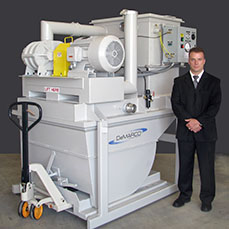
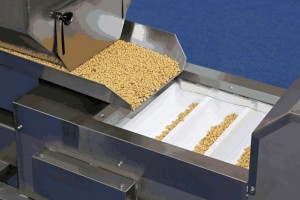 The food and beverage industry recalled about 8.5 million units of products in the first quarterof 2013. Based on
The food and beverage industry recalled about 8.5 million units of products in the first quarterof 2013. Based on 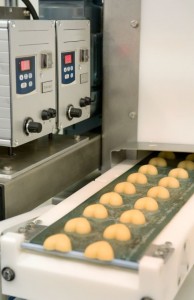 Of course, industrial vacuums come in many different forms to satisfy specific applications for the food industry. Here are a few industrial vacuum features to look for in the maintenance needs of the food industry:
Of course, industrial vacuums come in many different forms to satisfy specific applications for the food industry. Here are a few industrial vacuum features to look for in the maintenance needs of the food industry: